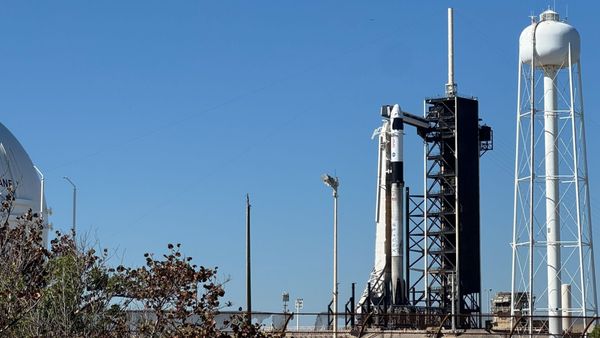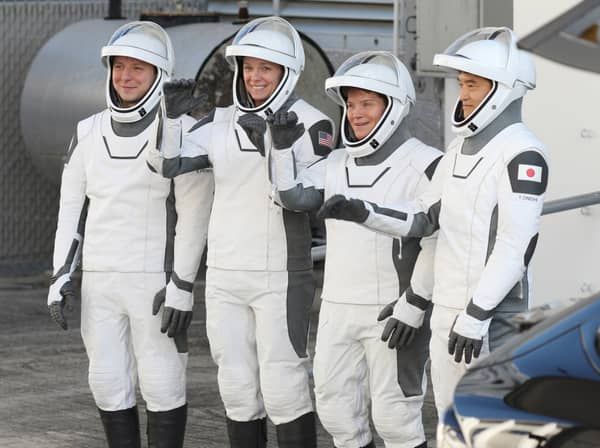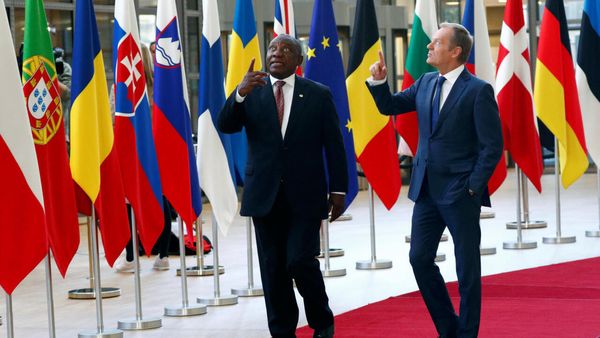Tension over the rising number of electric cars on the road and too few chargers is climbing around the world and escalated to murder last week when a 33-year-old man was shot and killed in a suburban Denver, Colorado Tesla supercharging station.
Vision from the police-taped scene showed the blue Tesla still plugged in at the recharging station and the handgun used in the shooting on the ground, near the EV's passenger door.
The Tesla-driving victim died on the way to hospital. The alleged perpetrator later turned himself into police.
For the US, it was yet another day of gun violence but this incident had a peculiar trigger point which many EV owners in Australia have either experienced already, or may do so very soon.

It's known as "charger rage", when electric vehicle owners converge on the same public charging station and tensions flare when they are stuck in lengthy queues waiting for enough electrons to get them home.
While the Denver incident was at the extreme end of the scale, issues related to EV recharging have emerged regularly and recently in Australia during peak highway travel times, such as school holidays.
It's a case of too many EVs - with Tesla's Model 3 and Model Y the two top-selling cars in the ACT for the first fourth months of this year - and not enough chargers. Nearly 2000 new EVs were registered in the ACT over the past 17 months, but only around 64 public chargers are provided.
The biggest no-no - and guaranteed to make other waiting drivers furious - is "camping" on the charger to top your EV to its full 100 per cent.
Richard Czumak, the ACT chair of the Australian Electric Vehicle Association, said people new to electric vehicles may not understand the way EVs charge was different to just filling up at a petrol bowser.
"The first part of the EV charging process - between say 20 per cent to 50 per cent charge - is generally pretty quick," he said.
"It's like a mobile phone battery; as you push more electrons in, the charging process slows down, particularly from around the 80 per cent mark onwards, when it really slows down. We always recommend for people to charge as much as they need and move on."
He said EV queues at charging stations were an emerging issue, a result of charger installations not keeping pace with the growing EV numbers.
"But it [the issue] is easing," he said.
"From here [Canberra] to Sydney, for instance, there's recharging at Goulburn, Marulan, both sides of the highway at Sutton Forest, and new charging stations going in with the Pheasant's Nest redevelopment."
He said charging could be "an EV community experience".
"We've found that people who are new to EV ownership use the chance to talk to other owners, and get some advice and guidance," he said.
The NRMA described "camping" as at "the top of any list of lapses in EV charging etiquette", which can lead to arguments over whose turn it is to charge, and unplugging others.
"While it's perfectly acceptable to leave your vehicle on the charger while you go grab a coffee or quick bite to eat, it's recommended you download and use the smartphone apps PlugShare and NeedToCharge that will allow other drivers to contact you should they need to check how long you'll be," the NRMA's guide states.
Both the NRMA and the AEVA have introduced guidelines - the dos and don'ts - of behaviour expected at a charging station.
Some are quite simple, but others quite complex, particularly if you can't readily identify the difference between a Battery Electric Vehicle (BEV) - which relies purely on electricity - and a plug-in hybrid electric vehicle (PHEV), which can use its internal combustion engine to recharge its onboard battery pack.
For those who are new to EV ownership and were not aware of the etiquette, here's some key pointers:
- Never park in a charging spot if you are not charging;
- Don't charge for longer than 30 minutes if someone else is waiting - they may actually need to charge to make it home;
- Always log your charging session on Plugshare - others will be able to see the charger is in use and that it is actually working;
- Never try to unplug another vehicle even if it looks like it has finished charging;
- Use 50kW rapid charging if your car can't benefit from an available 100-350kW ultrafast charger; and
- Don't use a rapid charger for a plug-in hybrid EV (PHEV) if someone with a battery EV (BEV) is waiting to charge.
The ACT government has set a goal of 180 chargers across the territory by 2025. Five new chargers went "live" last week in Woden (Southern Cross Club carpark), Tuggeranong (Southern Cross Club carpark) and Dickson (Wilson parking carpark) as part of the Evie network rollout.
We've made it a whole lot easier for you to have your say. Our new comment platform requires only one log-in to access articles and to join the discussion on The Canberra Times website. Find out how to register so you can enjoy civil, friendly and engaging discussions. See our moderation policy here.







